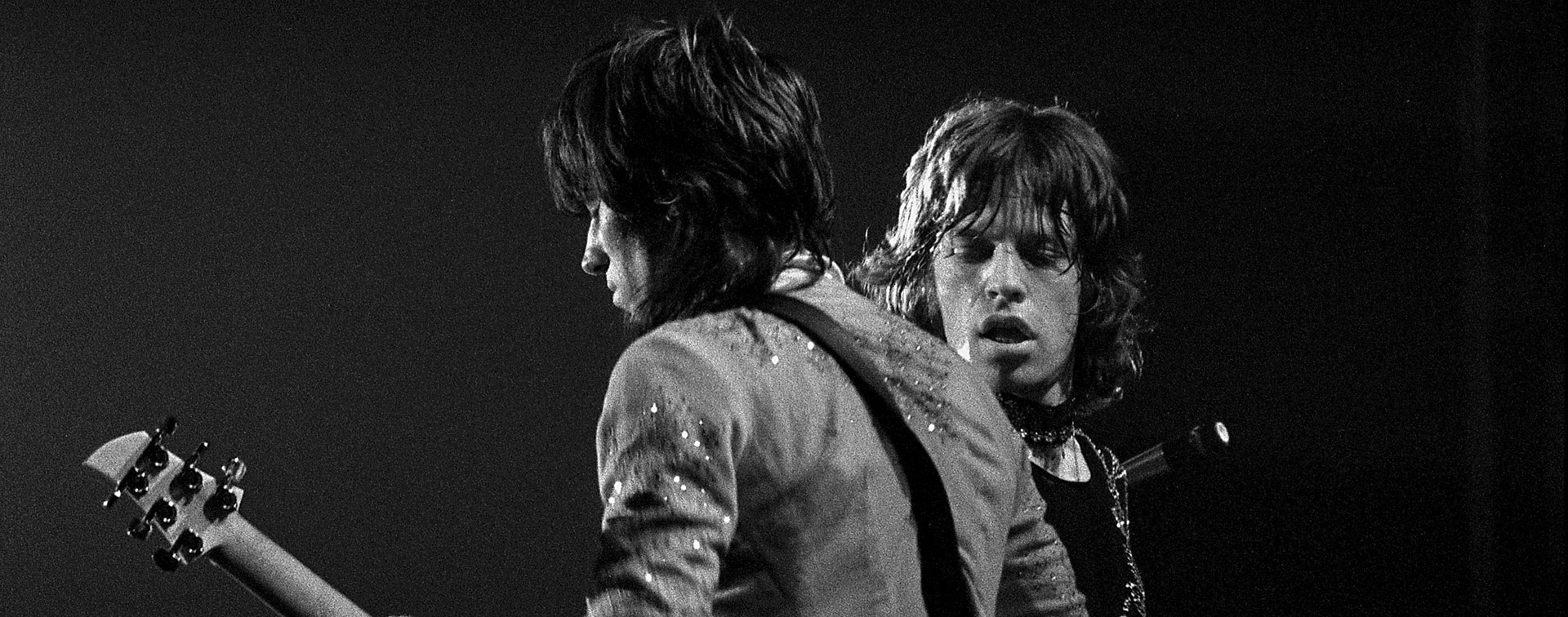The Durev Gallery in Paris is spotlighting Jean-Pierre Leloir this fall. A selection focused on rock takes us into a mythical period of musical history. This is a chance to rediscover the work of this photographer-music lover.

You’re getting blind.
Don’t miss the best of visual arts. Subscribe for $9 per month or $108 $90 per year.
Already suscribed ?



